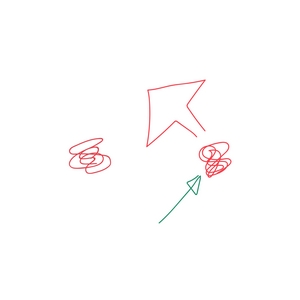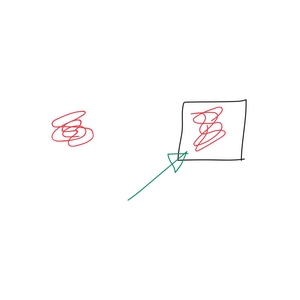Blog #25
Research on attachment theory from the 1950’s showed that other than secure attachment, participating babies’ attachment styles could be separated into a few types – resistant and avoidant being two of them. The experiment that took place involved placing babies in a room – individually – and exposing them to different situations, involving the presence of the mother, the presence of a stranger, the absence of the mother, the absence of the stranger, and the return of the mother.
Resistant Attachment
Babies who were later labelled as having an insecure resistant (or ambivalent) attachment style were those who commonly showed clingy and dependent behaviour towards the caregiver as well as outbursts of anger and distress, but were rejecting of the caregiver when they interacted with them.
After investigating how well the participants’ home lives were functioning, it seemed that children who over reacted to threat – in this case, the absence of the mother, and the presence of a stranger – would develop an over reactive nervous system in the face of later threats.
Because babies are at a stage in life where they can’t even walk or talk, never-mind regulate their own system, they need to be taught how to do these things. Regulation in a baby’s nervous system is moulded by the behaviour of the caregiver, as they have no previous reference point as to how to behave. Therefore a baby’s nervous system would look very much like that of a dysregulated adults nervous system and in relationships where the caregiver overreacts, the dynamic would look like this:

If a baby is regularly exposed to this dynamic, they will be constantly overwhelmed by the unfinished business in their mothers baggage. The baby will not feel safe, and won’t learn how to successfully regulate their own nervous system.
As a result of this dynamic, the child forms a resistant attachment style, which is characterised by outbursts of anger and ambivalence.
Avoidant Attachment
Babies who were later labelled as having an insecure avoidant attachment style were those who under-reacted to the threat. These babies showed little to no signs of distress when the mother left, and little interest on the mothers return. When distressed, under-reactive babies don’t seek contact with the attachment figure.
When the caregiver under reacts, the dynamic looks quite different:

Though this might seem less harmful than the over reactor dynamic, the neglect in this relationship is likely to be equally bad at helping the child to grow it’s own well-regulated nervous system. The child will mimic the behaviour of the caregiver in its early relationships and go on to develop and avoidant attachment style.
Fake It Until You Make It
It would seem that a caregivers level of dysregulation in the nervous system translates to that in the baby, highlighting how important a child’s first relationship really is. If we want our children to grow up with a healthy, well-regulated nervous system, then we must offer that to them in the first place.
The good news is that this is possible, even for parents with dysregulated nervous systems. You can fake it until you make it! When we set in place boundaries and containment, we simulate a well-regulated nervous system, which is often good enough for the baby to develop the same.
You can download this post in a handy 2-page PDF to print and share with friends, family, clients or colleagues. Follow this link to download now.
You can buy a copy of The Invisible Lion now on kindle or paperback from your local Amazon store. Just click here to buy now.


